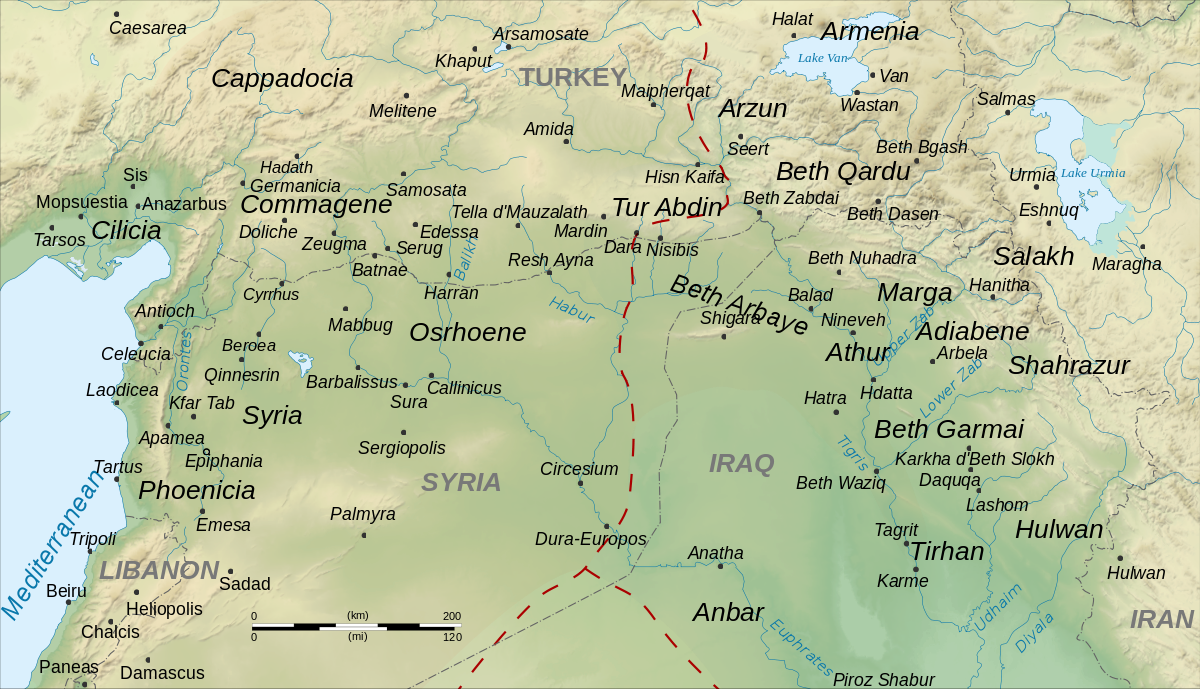Oh boy, don't start me on those regional differences, I love them :The Berber influence is behind some words and probably the difference in pronunciation, but there are so many other differences that come from within Arabic. nnejjem vs kan9der, bzaf vs barcha, daba vs tawa, kanhder/kandwi vs ne7ki, lazemni/yilzimni vs khassni, bghit vs n7ebb/7ebbit, zwin vs bahi, mani vs ana machi, femma vs kain, and many more. In Morocco bech is "so/in order to", in Tunisia it seems to be the future tense. Past tense for you in Morocco is -ti for both genders, in Tunisia it's -t. The Tunisian pronunciation of alif is very distinct, they make it into é. All of these words come from Arabic, not Berber. And yeah they're easy to understand/pick up, but they make the dialects have a really different feel. Compare Palestinian and Syrian dialects and they'd be much closer and differ mainly in pronunciation, that's why they're one culture.
Anwyays they've already split Egyptian into two cultures - I don't know if it's the right choice, but they probably aren't going to undo it. and go look at how granular the French, German and now Polish cultures are, every little dialect and region is its own culture. So it'll be unbalanced to have one big Maghrei culture by comparison.
In Algeria, we have bezaf but also... ktir and yaser depending on the region.
We say bahi in the East, other regions say chbab, in the south Rzin.
No daba nor tawa here, we say dork or al an.
Icing on the cake, the chawiyya use the feminine even for males as in Anti djiti (you came).
I could go on and on.
My problem is that those differences arose much later than the timeframe of the game.
In 1337, there were various Berber cultures and dialects, the settled arabs who were there since the early conquest in the largest cities and the newly arrived nomads whose influence on the countryside gave birth to the Maghrebi culture.
It would be anachronistic by several centuries to distinguish 3 different Arabic cultures in the Maghreb.
Since they're so keen on making the cultures that granular then yes it should be nomad arabs (Banu Hilal and Banu Sulaym migrations) and historically Settled arabs.
Even today you can tell this by the pronunciation of the letter ق as a G or a Q.
- 1







.png)








